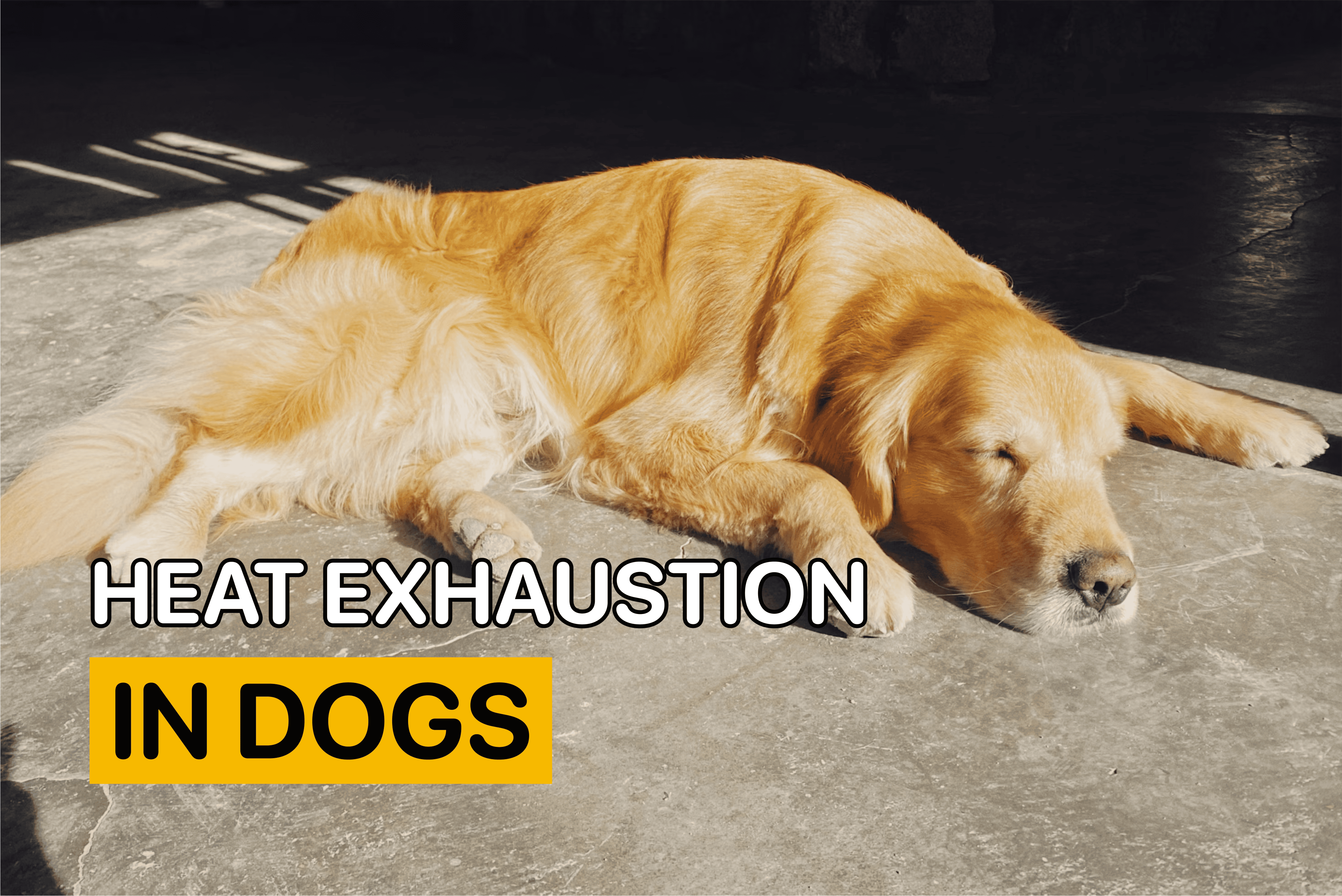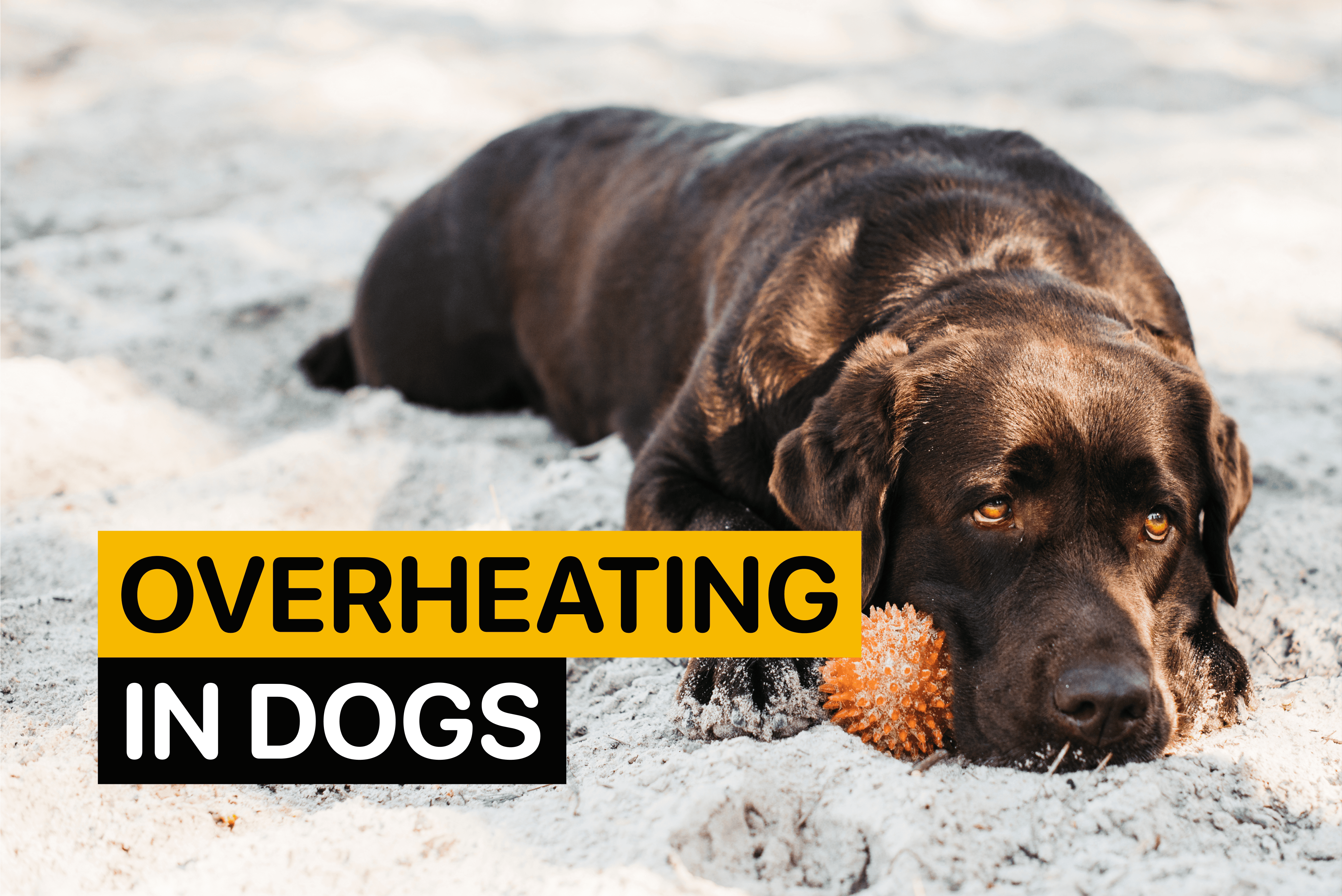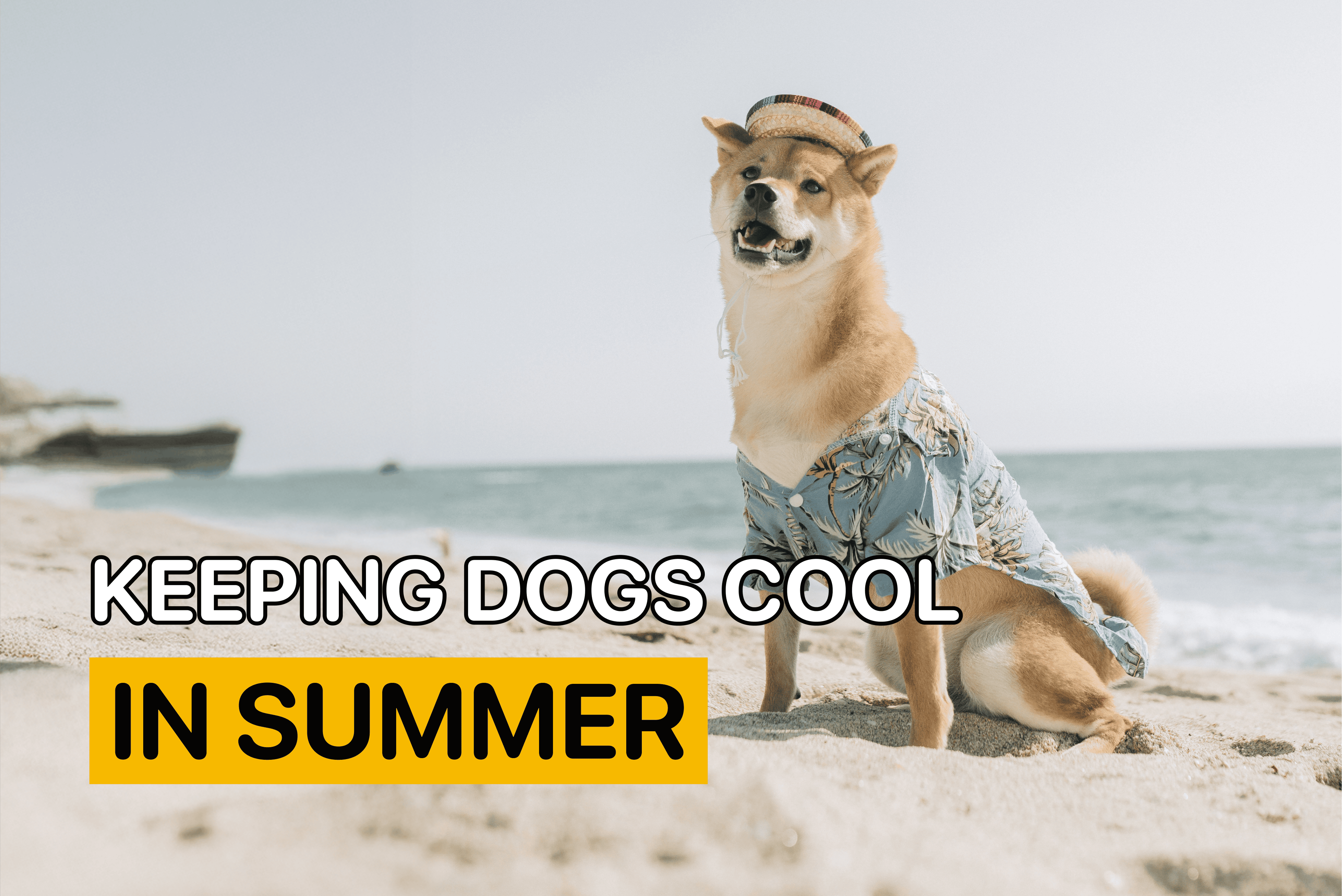What to Do if My Dog Has Heat Stroke: 8 Steps to Help Your Pooch

By
Woofz Team Updated on |Reviewed by
Karen PiwinskiHeatstroke is a life-threatening condition for dogs that you must address immediately. Considering the climbing air temperature that we observe every year in summer, it’s a pet owners’ duty to learn heatstroke signs in dogs when overheating is likely and how to help your companion if you suspect heat exhaustion. Your prompt and proper response to the situation may determine the severity of the consequences to your pet’s health.
Key Takeaways
- Heatstroke in dogs differs in severity from heat stress and heat exhaustion and is a serious, life-threatening condition
- Heatstroke occurs due to environmental factors (extremely hot air temperature, high humidity, exposure to direct sunlight). However, some individuals may be more predisposed to it due to factors such as bone structure, coat type, age, and health status
- Pet owners must be well-informed about the early signs of heatstroke to provide proper care and aid to their companions
- Heatstroke treatment includes cooling down a dog’s body temperature through environmental modifications. Consulting a vet is necessary in all cases of heatstroke in dogs.
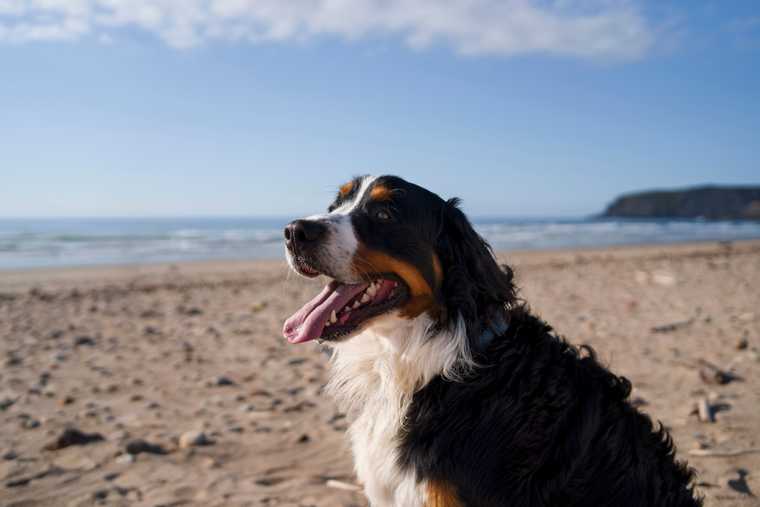
Continue reading to explore the topic of heatstroke in dogs and discover how to help your dog recover from the condition.
What Is Heatstroke in Dogs?
Heatstroke in canines is also referred to as hyperthermia. It’s a life-threatening condition, developing due to a dog’s inability to regulate their body temperature properly. We can classify the condition as heatstroke when the core body temperature of a canine exceeds 103.8°F (39°C).

It’s also critical to differentiate between heat stress, heat exhaustion, and heatstroke. Although all of these conditions are caused by overheating, they vary in terms of severity and potential impact on an animal’s health and life. We can consider them as a scale of overheating, where heat stress is the initial stage, which progresses into heat exhaustion and eventually (unless treated) leads to heatstroke.
Heat Stress → Heat Exhaustion → Heatstroke
What Causes Heatstroke in Dogs?
Canines cool down through panting, which, unfortunately, is less effective during hot and humid days. High air humidity can make it difficult for a dog to regulate their body temperature, even on a mildly warm day. Sweat glands, though present, don’t play a significant role in keeping a dog cool. Therefore, prolonged exposure to a hot environment can lead to overheating and, in severe cases, heatstroke.

Heatstroke occurs when:
- The outside temperature is too high (extreme heat over 85°F (29°C)
- The area is poorly ventilated, and airflow is limited
- There’s no shady area to hide from direct sunlight and no water to treat dehydration
- The amount and intensity of physical activity outdoors lead to too much exertion.
Additionally, some dogs are more prone to overheating than others due to their unique genetic makeup. Age and health can also influence the rate at which heatstroke progresses.
Factors influencing how prone a dog is to heatstroke are:
-
Skull shape: Brachycephalic breeds or flat-faced dogs (such as Pugs, French Bulldogs, and others) have flat faces and a unique bone structure that makes panting less effective, thereby increasing their risk of overheating
-
Obesity: Excessive weight makes it harder for overweight dogs to regulate their body temperature, so they’re more likely to develop heatstroke
-
Thick coats: Double-coated breeds suffer in hot weather, as their dense fur prevents them from releasing body heat efficiently
-
Age: Puppies and senior companions are more likely to overheat than their adult counterparts. For older dogs, risks come with their decreased ability to regulate body temperature, and young canines are more active and can overheat due to intense activity in hot weather
-
Medical conditions: Respiratory and cardiovascular issues make canines more likely to develop heatstroke in summer.
Signs of Heatstroke in Dogs
Since heatstroke can be fatal, early detection is vital. Although each animal may show overheating in different ways, some signs are universal across all breeds. These should serve as a red flag that a dog is too hot and you need to act immediately.
Dogs with heatstroke can show these signs:

- Heavy panting
- Loss of consciousness
- Gums turning pale or bluish
- Irregular and very weak pulse
- Extreme confusion or unresponsiveness
- Vomiting blood
- Bloody diarrhea
How to Treat Heatstroke in Dogs
If a dog develops heatstroke, it’s a medical emergency. Provide help as soon as you recognize the symptoms. Most of these measures help the dog cool down and lower their body temperature.
Let’s break down eight crucial steps to help an overheated dog.
1. Remove your dog from the hot environment
First and foremost, immediately move your pet to a cool, well-ventilated area. Ideally, the place should be equipped with working air conditioning with cool air. Use curtains to block direct sunlight or move your dog to a shaded area, if going inside isn’t an option.
2. Call your veterinarian or an emergency veterinary clinic
Heat-related illnesses shouldn’t be taken lightly.
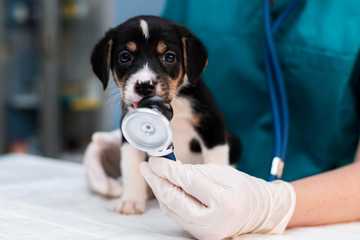
Unless treated effectively, it can cause serious health complications or even be lethal. As soon as you move a dog from a hot area, contact a vet and consult about further steps to take. Even if your pet seems to be doing better, they should be checked by a veterinarian.
3. Apply cool water
Use cool water to help reduce your dog’s body temperature more quickly. You can place wet towels on the areas with less fur. Applying cool water to the armpits, belly, and groin is effective. Don’t submerge a dog in cold water, however, as it can cause shock.
4. Use a fan
A fan is an excellent addition to other cooling mechanisms you can use to cool down an overheated pet. A fan’s airflow enhances the evaporation of body heat. However, you should avoid using a direct airflow, as it can be too strong. Instead, introduce the fan gradually and position it so that it doesn’t blow directly on your pet.
It’s worth mentioning, though, that not all dogs like fans, and they can get overwhelmed by the noise and feeling of airflow. That’s why it’s vital to monitor your pooch’s reaction to a working fan and adjust its position or switch it off altogether if it seems too stressful.
5. Offer drinking water (if conscious)
Drinking fresh water isn’t enough to treat heatstroke, but if your dog is conscious, you can offer them a bowl of cool water for several reasons.

First, it’s essential for proper rehydration, which affects all body systems. Next, having enough liquid in the body makes panting and releasing heat more effective. Ultimately, drinking water helps reduce the risk of further complications.
You should be careful — chugging too much water at once can be risky, so make sure your dog drinks slowly.
6. Avoid ice baths or ice packs
Rapid cooling with ice baths or ice packs can do more harm than good. It can cause blood vessels to constrict, resulting in the trapping of heat within the body. Ice baths can also result in too drastic a drop in temperature or even hypothermia. Instead, use cool (but not freezing) water and focus on a gradual decrease of body temperature.
7. Monitor your dog closely
Since heatstroke can cause multiple organ failure and death in a matter of hours, you must pay close attention to your dog’s symptoms to seek medical intervention immediately if the condition deteriorates. It’s also crucial to know when to stop cooling down the dog. Once their body temperature returns to the normal range, you can remove all the cooling devices.
8. Don't delay veterinary care
Never underestimate the danger to your pet’s health that heatstroke can bring.

Even if your dog seems to be doing better after applying the measures above, take them to a vet to check their health status and prevent any potential negative consequences. A vet can offer to administer oxygen therapy to your pet, prescribe Intravenous fluids to restore hydration levels, and a variety of medications to protect organs and systems.
Wrap Up
Heat-related illnesses in canines are a dangerous condition that can cause severe complications and even be fatal. To help your dog if they suffer from a drastic increase in body temperature due to overheating, it’s essential to recognize the first signs of heatstroke and help them cool down quickly and safely at the same time. In such cases, seek veterinary advice immediately.

